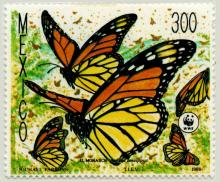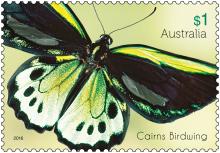Widespread losses of pollinating insects revealed across Britain
A widespread loss of pollinating insects in recent decades has been revealed by the first national survey in Britain, which scientists say “highlights a fundamental deterioration” in nature. The analysis of 353 wild bee and hoverfly species found the insects have been lost from a quarter of the places they were found in 1980. A third of the species now occupy smaller ranges, with just one in 10 expanding their extent, and the average number of species found in a square kilometre fell by 11.










